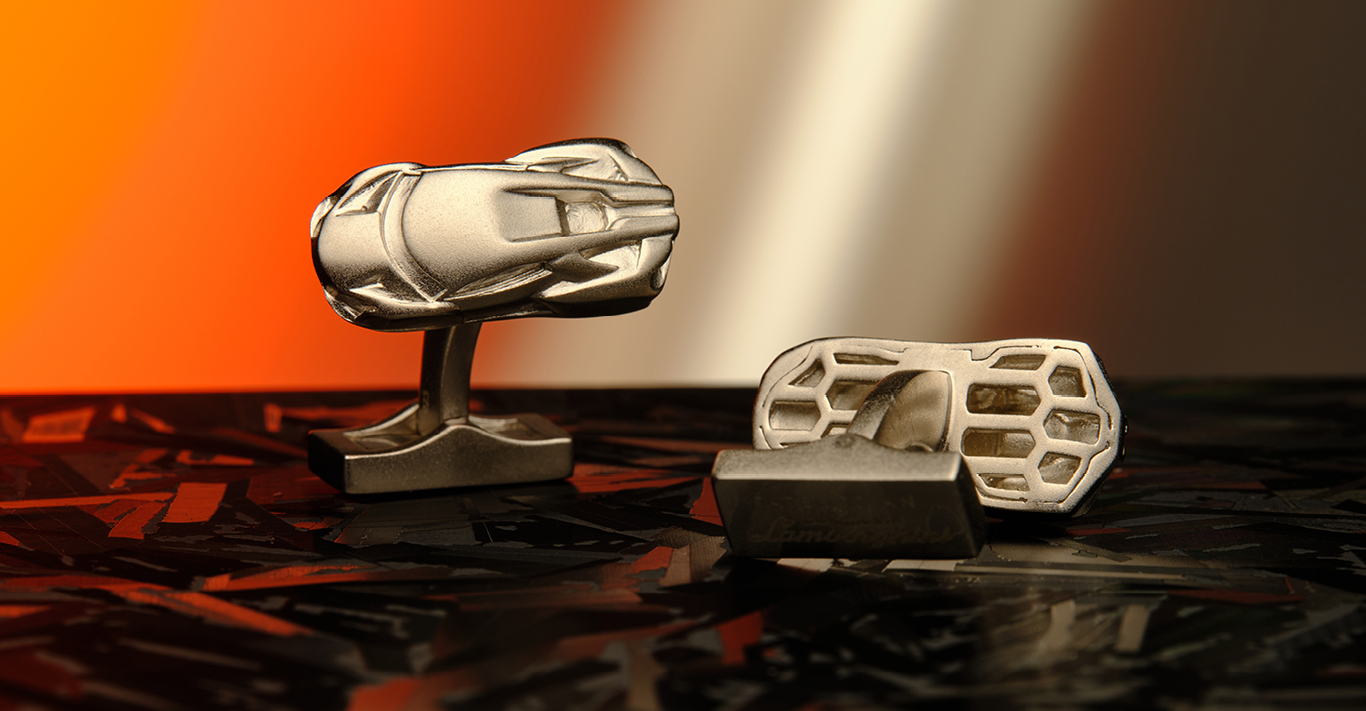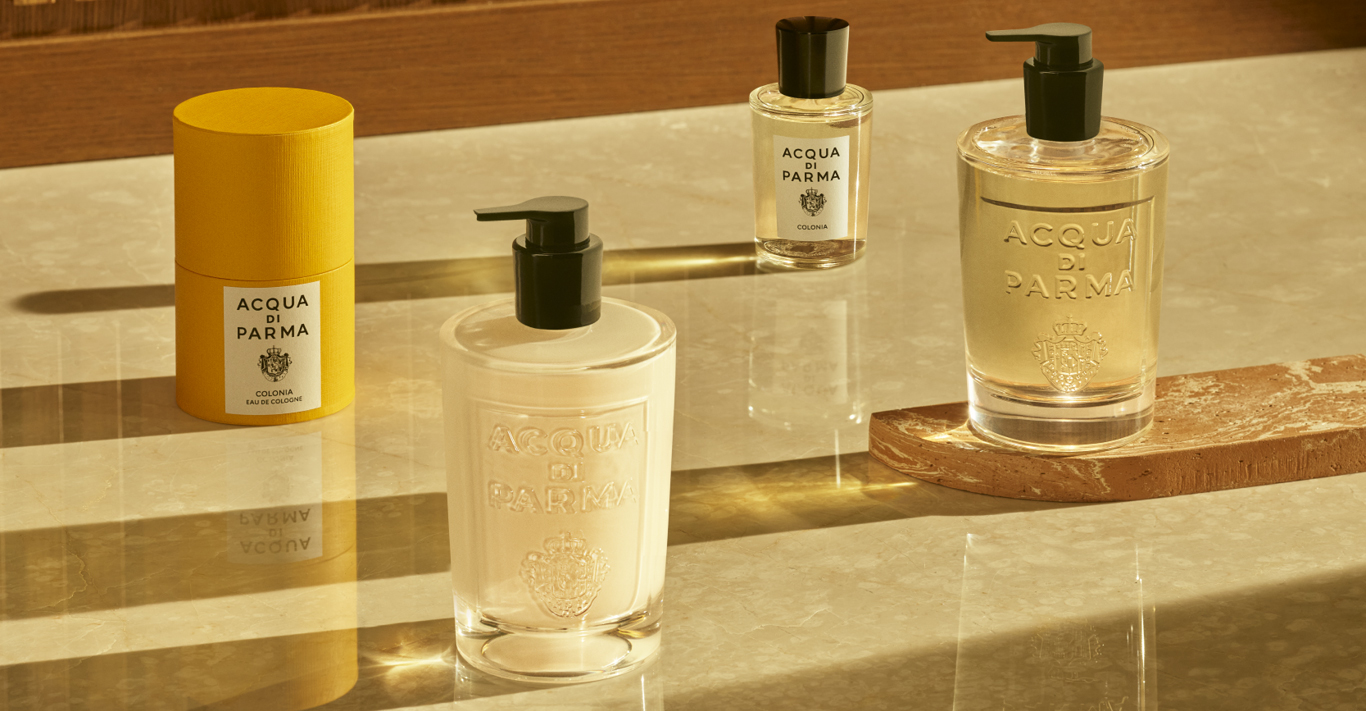WORDS
Imogen Almond
Could you each share a bit about your backgrounds and what led you to start Groundtruth?
Georgia Scott: Our childhood was anything but traditional. Our father was an artist in the theatre world, and our mother was a ballerina with The Royal Ballet. My sisters and I were constantly moving for our dad’s work, which made the world feel like our home. This shaped our perspective from an early age, instilling a deep sense of responsibility for the planet.
At the age of 23, I began making feature-length documentary films with my older sister, Sophia, through our production company, Groundtruth Productions. We focused on telling the stories of people affected by conflict, and through years of on-the-ground experience, we realised that conflict wasn’t just between people – it extended to our relationship with the environment. One crisis that stood out to us was plastic pollution, which we saw affecting every corner of the world.
Those experiences embedded a deep-rooted drive in me to create a positive change for our planet. I wanted to find a way to repurpose the plastic waste we encountered and turn it into something useful. We ended up creating high-performance backpacks designed for our work in the field. That vision led us to “kidnap” Nina from her job in London, and together, we launched Groundtruth Global.
Nina Scott: I always knew I wanted to work with my sisters, but I never knew when and how. When Georgia approached me with her idea for sustainable, forward-thinking bags and accessories, I was already working for a lighting design studio, specialising in textiles, particularly natural and organic fibres. Georgia’s vision immediately resonated with me, and I knew I could contribute. Saying yes to coming on board was a no-brainer.
How did you decide to work together as co-founders, along with your sister Sophia, and what do you each bring to the table in terms of expertise and vision?
GS: Sophia and I have worked together for over a decade, often in high-pressure, challenging environments. Those experiences proved that if we could handle that, we could handle anything together. It gave us the confidence to start something bigger, and launching this company as a team has felt completely natural. It just works – and it feels great.
NS: Growing up constantly on the move, my sisters and I became each other’s best friends. If there’s anyone I trust completely, it’s them. That, combined with our complementary skill sets, is what makes this work so well. Georgia is the driving force behind Groundtruth, keeping everything moving forward. I focus on the creative side, working closely with our development team in Jakarta. And Sophia? She’s out in the field, testing our products in the toughest conditions to make sure they can handle anything.
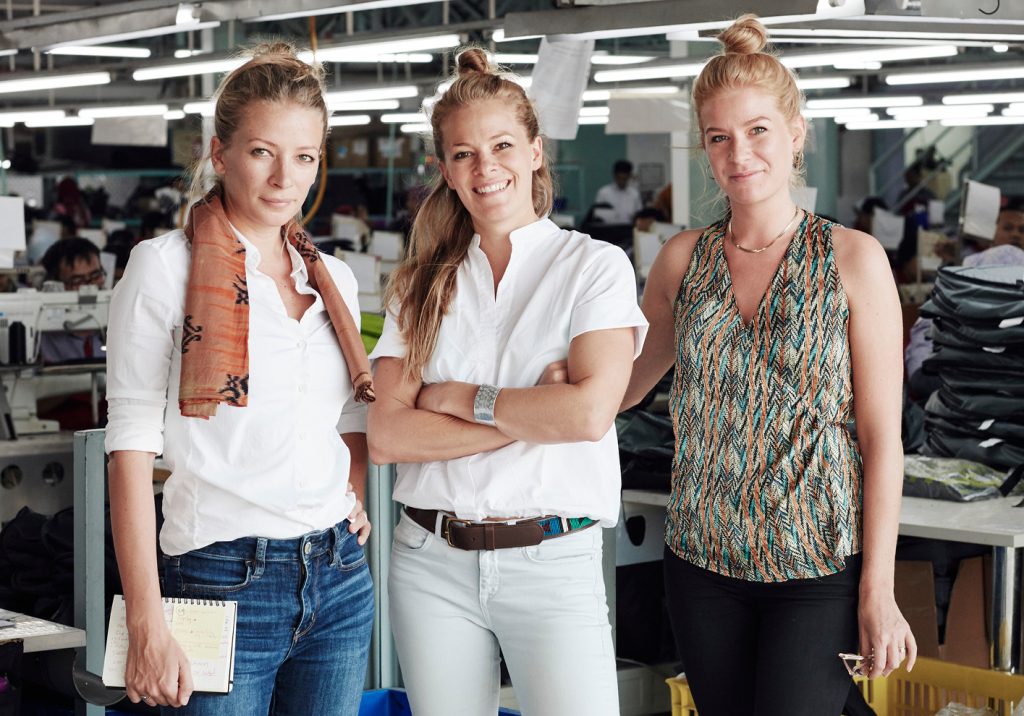
How does Groundtruth distinguish itself from other travel-gear brands?
GS: Our strategy is to drive the change we want to see in the fashion industry. This strategy includes developing innovative materials, using them to create high-performance bags and accessories and sharing powerful stories through our filmmaking. This approach allows us to create a big splash.
Sustainability is at the heart of Groundtruth. How do you minimise your plastic pollution and CO2 emissions?
GS: Plastic pollution is a huge problem, along with global warming. At Groundtruth, we are working to combat both.
During those weird years of Covid, we discovered this phenomenal company called Carbon Upcycling Technologies. It was capturing CO2 emissions from the atmosphere and embedding them into concrete and cement, making the material even stronger. Inspired by this work, we approached the company with an idea – could we embed CO2 into plastic instead? It agreed and three years later, we created GT-OCO-CO2 – a material made from recycled plastic sourced from Jakarta, with CO2 emissions embedded directly into it.
NS: Back in 2019, when we started designing our bags, we couldn’t find a sustainable material that was both durable and strong enough – so we had to create one ourselves. Inspired by the non-recyclable plastic waste we saw in Jakarta, where our bags are made, we wanted to find a way to repurpose it. The riverways there are overflowing with plastic pollution. By partnering with Carbon Upcycling Technologies, we developed a unique material by combining non-recyclable plastics with a specialised weave, creating exactly what we needed.
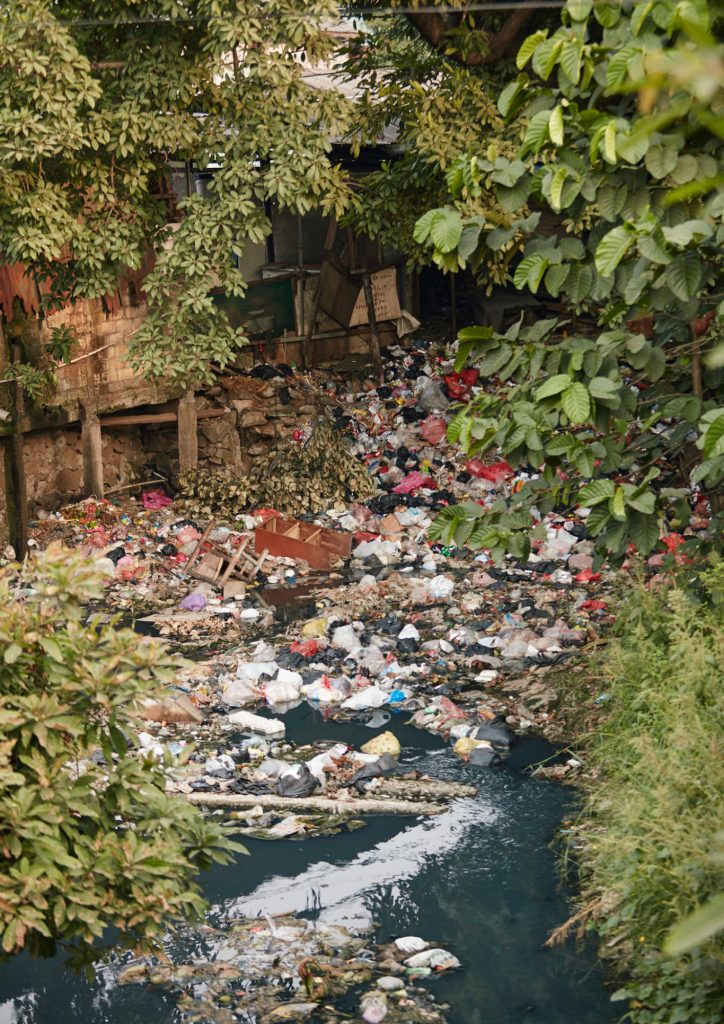
What role does this play in your product development?
GS: At the moment, all of our products feature GT-OCO-CO2 zip pullers. Next month, we’re launching new items that include D-rings, G-hooks and buckles made with this technology. We’ve also successfully embedded it into the coating of our bag materials. Later this year, we’ll take it even further by applying it to our hard-case luggage. We’re expanding step by step, because big changes always start small.
NS: Components like D-rings or common loops are often overlooked because they’re small parts of the bag. But every single bag on the market uses virgin plastic hardware components. Despite being small, switching to recycled plastic – or, better yet, the GT-OCO-CO2 formula – can have a huge positive impact on the environment.
GS: We hope to offer this technology to the wider industry, helping brands replace the millions of hardware pieces they use with this groundbreaking solution. It’s the first of its kind and shows how carbon emissions can be used for something positive, rather than harmful to the planet. Many people and companies are seeking ways to be more sustainable, and I believe Groundtruth can open doors for them by providing real, effective technology to support that effort.
What has been the most rewarding part of your entrepreneurial journey so far?
GS: For starters, the fact we are still here is brilliant! Navigating Covid and securing investment as a non-traditional startup has been difficult, but our resilience and determination has kept us going through so many roadblocks. I’m really proud that we’ve created this ecosystem at work that feels rooted in good. But what I’m most proud of are the collaborations and innovations we’ve achieved. It’s a true testament to what a small team can do when they really believe in their mission.
NS: For me, it was seeing the vision come to life. That is really incredible.
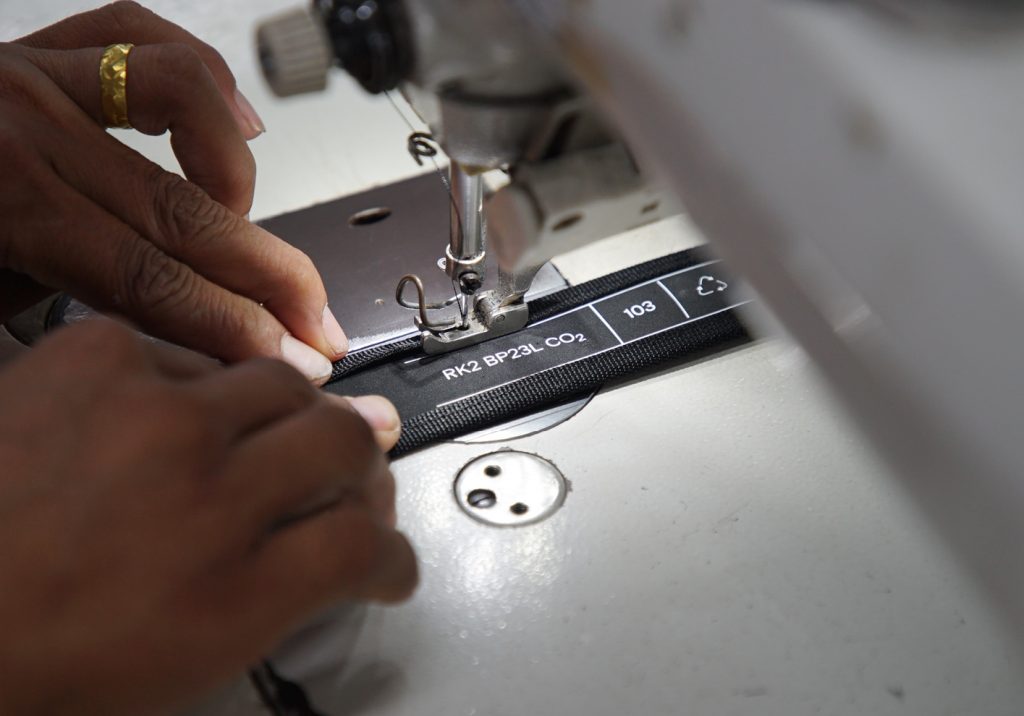
As female founders in a male-dominated industry, have you encountered any unique challenges?
GS: When I was focused solely on filmmaking, I was often asked what it was like to be a female filmmaker. I never really understood why – gender wasn’t something I was conscious of. It wasn’t until I entered the business world that I started noticing it. I’ve always been a pretty bullish person, and not much bothers me, but it’s frustrating when there’s so much talk about investing in female founders, yet you still face blatant misogyny in meetings. For example, when we were pitching to a big family fund, the first question we got was why we all had our hair up in a bun. It was so random and unnecessarily focused on our appearance, it really threw me off. That said, I know that every challenge makes you stronger.
What advice would you give to aspiring entrepreneurs, especially women, looking to start their own businesses?
NS: Confidence, passion and persistence are key in any industry, especially as a business founder. Challenges are inevitable, but if you stay true to those core values, you’ll be effective in building a strong brand.
GS: It is also important to allow space to evolve. As Nina says, if you’re clear on your passion and vision, you can be flexible enough to adapt to a changing world. It’s equally important to recognise your weaknesses and build the right team to fill in the gaps and cover the essential areas every company needs.
If you could travel anywhere right now, what destination would you choose and why?
NS: I’ve always wanted to go to Japan. They have a deep respect for design and craftsmanship that is so unique. I would love to immerse myself in the culture.
GS: I genuinely want to visit every country in the world. I’ve been fortunate enough to explore remote places like Antarctica, but if I had to choose somewhere today, it would be Syria. It’s only recently been liberated, and my husband, who is Syrian, hasn’t been able to visit his family there in over 12 years. Syria is a beautiful, culturally rich country that’s been stifled for over a decade. I’d love to visit together and discover the incredible wonders Syria still has to offer.
What’s next for Georgia and Nina? What’s next for Groundtruth?
GS: This is going to be our biggest year yet. We have some very exciting launches lined up, including one with Padi, which has been in the works for 18 months. Padi is the world’s largest diving association, with a community of over a million ocean enthusiasts. Together, we’ve developed a range of submersible bags and accessories made from 100 per cent recycled nylon and fishing gear, which launched on 26 February.



